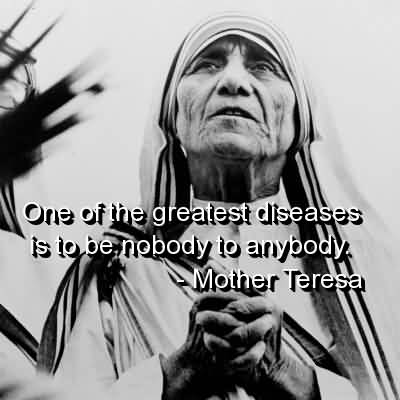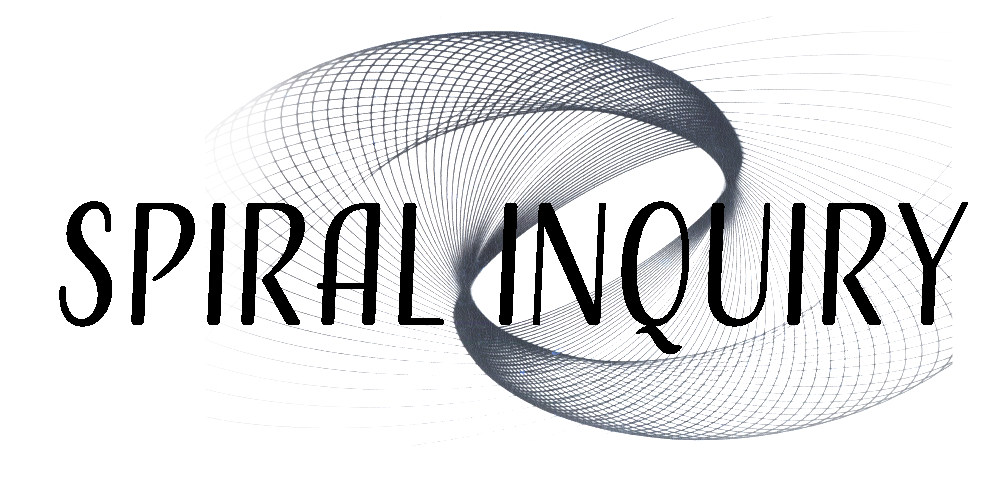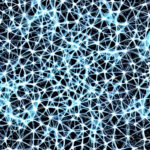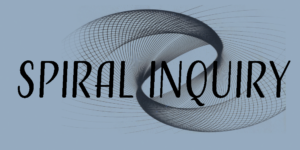I’ve often wondered about the way humans relate to the things of the material world – including each other. There are two ways of approaching these relationships. One way focuses on the value the relationship provides to the human – what is the good that accrues to me from my relationship with that person, or that thing? The second approach is to consider the value, if any, of the person or thing independent of its usefulness to me – the value of the thing-in-itself. The first could be called the instrumental value and the second the intrinsic value. I’d like to suggest a thought experiment: What if humanity refocused its collective attention away from the instrumental value of things and people to their intrinsic value?

Determining Intrinsic and Intrumental Value
Determining the instrumental value of something is relatively easy. Most of the time, we are going to be able to determine what good or benefit my relationship with that something provides to me. The plant and animal material I cook and eat as food tastes good and is necessary to sustain my body. However, even in this case, there may be conflicts among the instrumental objectives – what tastes good is not always healthy. As we know, too much of the wrong kinds of food has led to the modern epidemic of obesity.
Presumably, though, we know our mind and our body enough to make reasonable value judgments about what brings positive value to me. My family cares for me and we help each other out – positive benefits for me. My friends provide companionship and share entertainments with me. My job provides me with remuneration and prestige. My car gets me around comfortably and it also looks kind of cool. I enjoy outdoor pursuits and traveling to see natural wonders or historic treasures. These are all examples of instrumental values.
Determining intrinsic value is more difficult. Some might say there is little or nothing in the way of natural, objective intrinsic value for anything. But consider for a moment not just the relationship that an object has to me, but the relationship it has to everything around it. People, clearly, have the same kinds of relationships with other humans that I do, and they experience the same kinds of feelings, including pain and joy, that I experience. If we consider a person as a thing-in-itself, that thing is just like me. This awareness provides a way of recognizing intrinsic value in people. Hey – I matter, and something just like me also has to matter if I matter.

The Depths of Intrinsic Value
The relationships between people are actually quit a bit richer than this example. As scientific findings have validated, all humans share most of their genetic information and have a common biological origin. Each of us also grew up in a rich community of other humans that provided a linguistic, social, technological and cultural heritage. While there are differences among groups, the experiential process has been identical for all humans. Any single human, then, represents a complex web of deep relationships within and across culturesd generations. I argue that this represents an intrinsic value. I would also suggest that these scientific findings in recent centuries have been part of the shift away from worldviews in which some groups of humans were viewed strictly from an instrumental perspective. Slavery has been abolished as an accepted societal norm – and considerable progress has been made in abolishing caste, race, gender or sexual orientation as bases for distinguishing the worth and value of individual humans.
Let’s consider for a moment the question of intrinsic value for animals. Many might consider animals valuable only in their instrumental capacity – as food, pets, or objects to be observed in zoos or hunted (with gun or camera) in the wild. But consider an animal within the context of its relationships. Increasingly, we are finding that the social lives of animals are far more complex than we had thought. Elephants engage in deep mourning behaviors at the loss of a herd mate. Whales sing ritualized songs that some suspect convey messages, memories and emotions. All mammals have been found to engage in play – unstructured and spontaneous behaviors done “for the joy of it”. Each individual animal represents a long historical sequence of genetic inheritance as well as change and their survival and success is placed within a context of community habits, parental behaviors and environmental constraints. Each individual plays a role in its species’ evolution and in the highly integrated ecological processes of the local environment. These processes have, for most animals, in most environments, also reflected extensive and continuing inter-relationships with human populations. This is a rich and deep network of relationships that carries with it considerable weight as evidence of intrinsic value.
Without belaboring the point, the same exercise can be applied to the rest of the living world, and more. In addition to the commonality of genetic coding among all life forms, recent discoveries relative to the micro biome reinforce the depth of our human relationship with the world around us. It does not take much of a leap of imagination to bring the geological and meteorological world into the same frame of reference. Earth provides the framework on which life arose and humans now live – and these systems have all co-evolved in an integrated process. Each rock has had a role to play in the history of the world and all that is on it. Each water droplet, however many times it may have cycled through air, clouds, lands, oceans and life, has a legacy. Indeed, as one Unitarian minister has put it, the droplet you drink today may have been in the body of Christ two thousand years ago. These relationships and the grand history through which they have unfolded constitute a deep intrinsic value.
For those with faith in a creator God, there is the final imprimatur – all of nature is God’s creation, and is therefore of divine origin – infinite intrinsic value.
Why This Makes a Difference
So let’s revisit some of the examples of instrumental value from above. My family cares for me and we help each other out. My friends provide companionship and share entertainments with me. If our focus is on the benefits we obtain from these relationships, then these relationships are all “quid pro quo” – you scratch my back, I’ll scratch yours. If someone forgets or is unable to scratch my back, then the deal is off! But if our focus is on the intrinsic value of the people we are in relationship with, then we are more concerned with what is good for them – what can I do to help them. That describes a truly empathic, loving relationship. The benefits we get in the instrumental sense are secondary to the overall benefits flowing into our relationships. We may even sacrifice something in order to promote and enhance the overall benefits to others.
My job provides me with remuneration and prestige. My car gets me around comfortably and it also looks kind of cool. The instrumental benefits to me are obvious. The intrinsic benefits of a job are the valuable uses of doing my job well – providing good and useful services to others. The intrinsic value of a car is its function as transport, and perhaps as an aesthetic object – but the value is not what it brings to me but what it enables me to do. In one sense, these values are “instrumental” as they look to the purpose and function of the job and the car as the means to an end – but the end is not my satisfaction but the benefits to the larger community.
I enjoy outdoor pursuits and traveling to see natural wonders or historic treasures. What are the intrinsic values of natural wonders or historic treasures? The historic treasures are records of the past – illuminating our relationships and institutions, helping us learn and grow in understanding. Natural wonders, indeed all of nature in its profundity and splendor, are the seedbed for humanity – from which we evolved and in which we live. Treating these wonders as objects to be consumed in our travels is treating them instrumentally. Contemplating, protecting, learning and respecting them is to appreciate their intrinsic value.

These examples may seem a bit contrived, but the point is there are always two ways to look at the benefits of the people and things we are engaged with. We can look to our own benefits (instrumental value) – or we can look to the larger benefits represented in their intrinsic value. For me, this contrast is brought home by the photo of the signage at Angel’s Landing in Zion National Park – an example of a thoroughly consumed natural wonder.
A Life of Meaning
Emmanuel Swedenborg offers a similar teaching about the two ways of looking at the world. We can look at the world through the lens of our love of self – this corresponds to the instrumental approach. Or we can look at the world through the lens of our love of the Divine and the love of the neighbor – this corresponds to the intrinsic approach. He also explains, drawing on the teachings of Jesus, that any actions that are based on the first, love of self, are evil, and that only actions based on the second, love of God and the neighbor, can possibly contain good.
So now perhaps we can answer the question posed in our thought experiment – what would the world be like if humans focused on intrinsic values instead of instrumental ones? Quite simply: Violence would cease. Evil would vanish. The earth and all its inhabitants would heal.
Note: This article first appeared in the Forum on the Integration of Science and Spirituality,

















[…] one’s future. The idea that an unmarked tree in a pristine wilderness would have some intrinsic value would have been incomprehensible. So how should those in the FUTURE judge actions taken in a […]